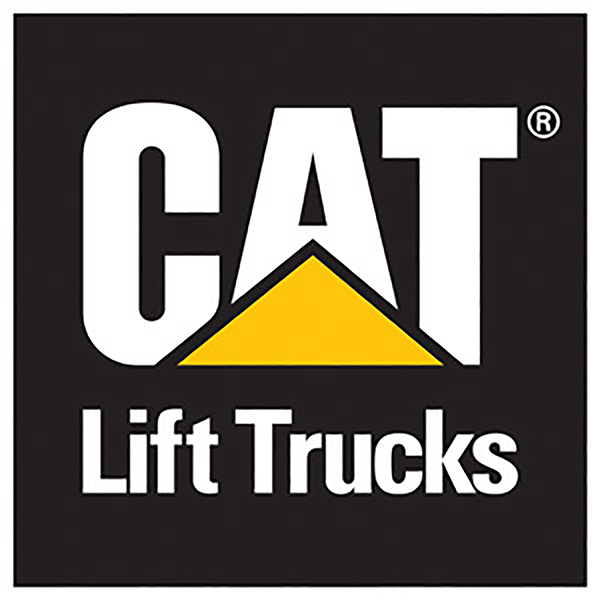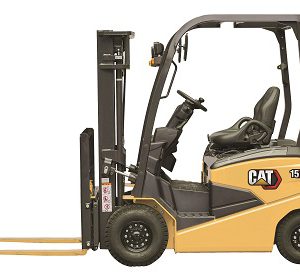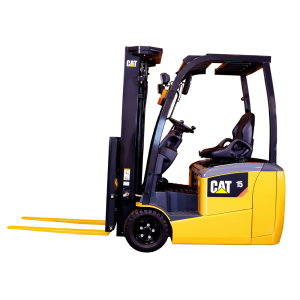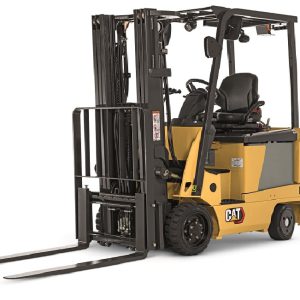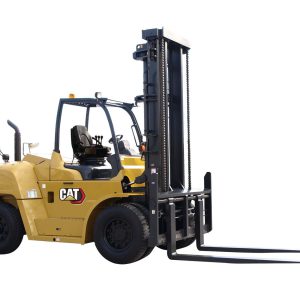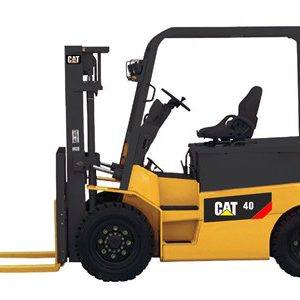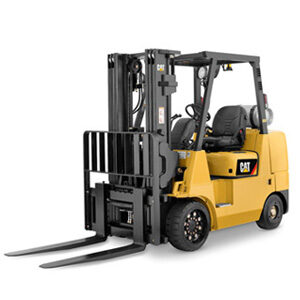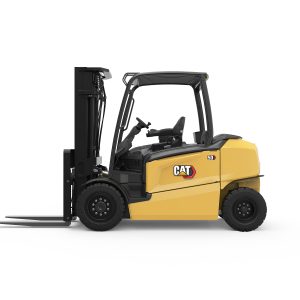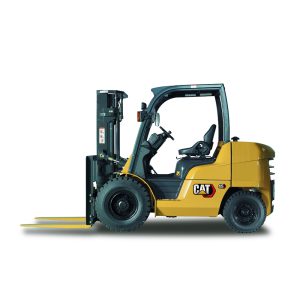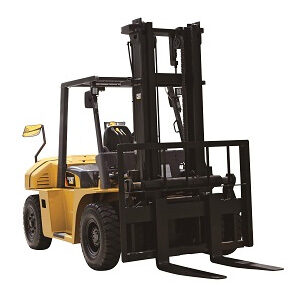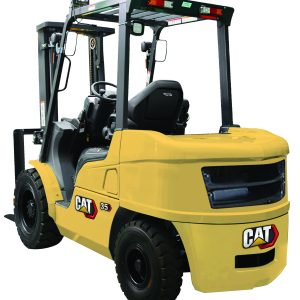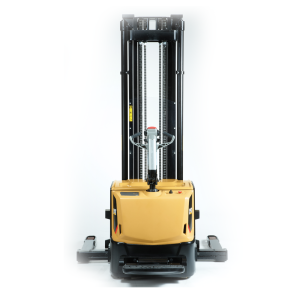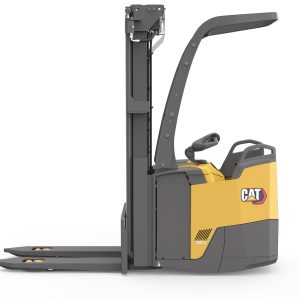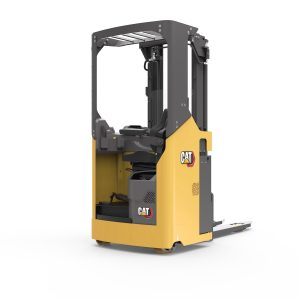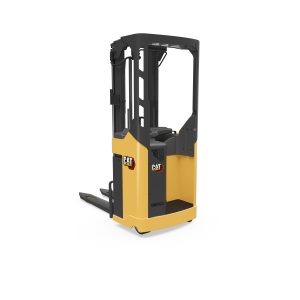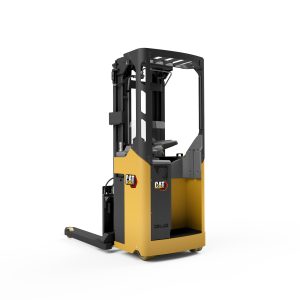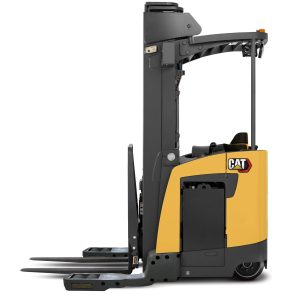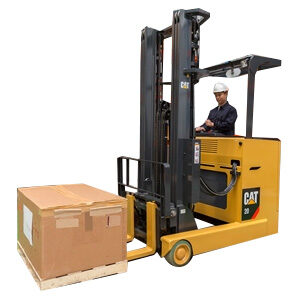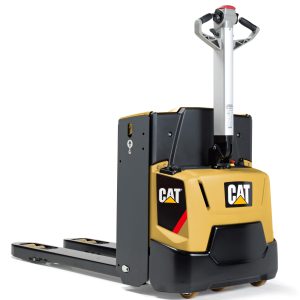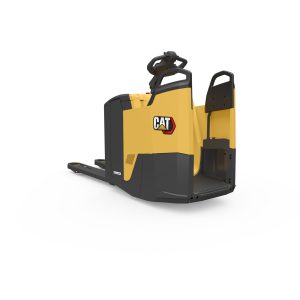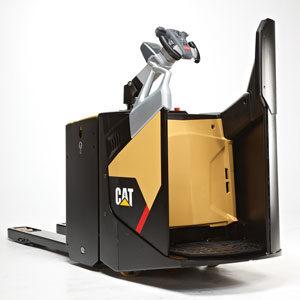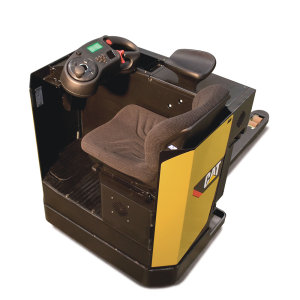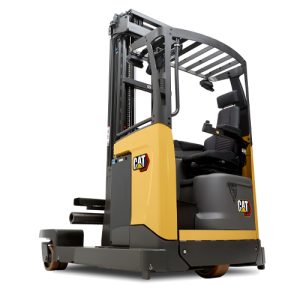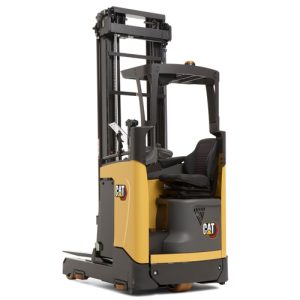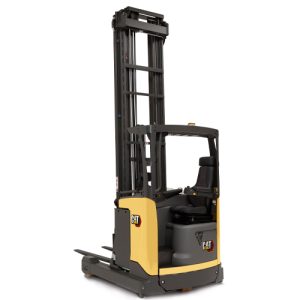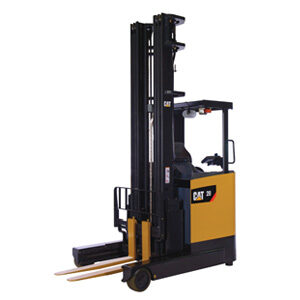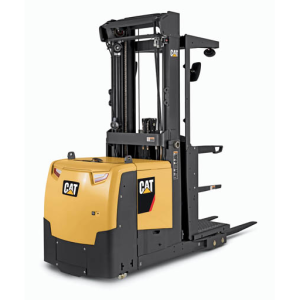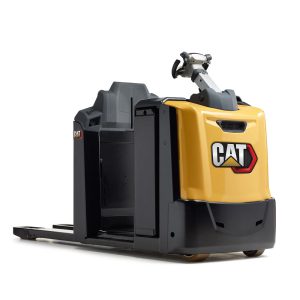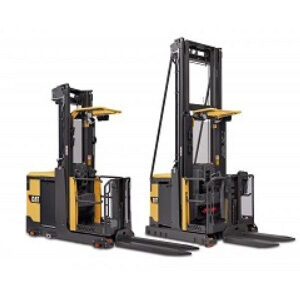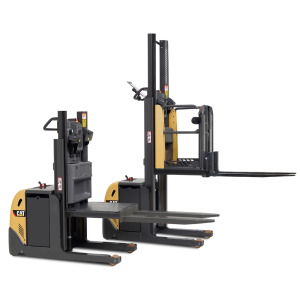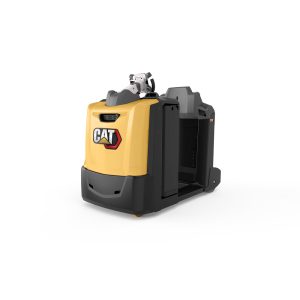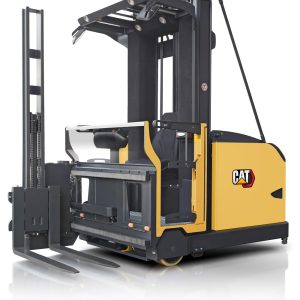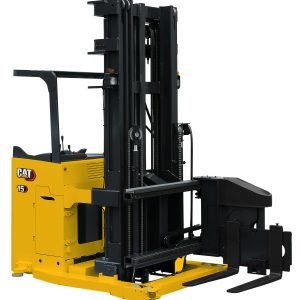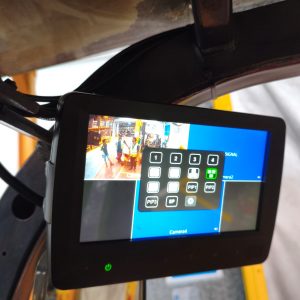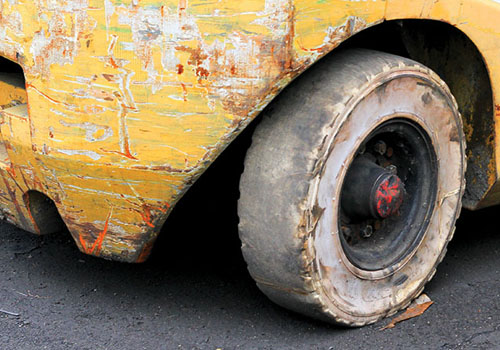
Never say die?
01/09/2017
Closing the lift truck material loop.
In this anniversary issue, Gay Sutton looks behind the scenes to see what happens to that trusted old warhorse – the forklift truck – when it’s scrapped, and how elements are resurfacing in many unexpected places.
Growing demand for resources – materials and power – is spurring countries around the globe to migrate to a new ethos: that of the circular economy, where the two ends of the old linear take-make-consume-and-dispose lifecycle are brought together to form a self-sufficient loop by recycling. In the EU, this has been enshrined in the European Commission’s 2050 vision and summarised as ‘living well within the limits of the planet’.
So, with a raft of EU environmental and recycling legislation in place, what happens to your old forklift truck when it reaches the end of its life?
The heroes of the moment
The forklift dealers are the heroes of the first phase of scrapping and recycling. “The forklift truck dealers are very resourceful and recycle as much as possible themselves,” explained Duncan Nealon, Chairman of the Fork Lift Truck Association. A truck that is returned to the dealer for scrap will be broken down bit by bit for spares. Anything that can be reused and recycled, such as gearboxes or drive motors, will be kept, repaired or remanufactured, and then put back into use. Dealers are the masters of recycling viable components.
EU regulations are then very strict for certain streams of waste, each of which is sent to a specialist company to be dealt with. So engine oil and hydraulic oil are drained from the carcass by the dealers and sent for disposal, while batteries and catalytic converters, containing a number of hazardous components, are also sent to companies with the capability to recycle and dispose of them.
What is left is essentially the scrap metal – the chassis and the counterweight with the odd extra such as wiring, seat material and straps – and this then goes to a scrap metal dealer.
That’s the last a forklift user or dealer will see of it. Or is it? Let’s now look a bit deeper below the surface and see what happens next.
In theory, most metals can be recycled continually.
Scrap metal
Scrap metal enters what can be described as a pyramid industry with small companies at the bottom and large multinationals at the top. Explained simply, the scrap metal starts its progress at a shredding plant where materials are sorted then broken and shredded.
The next step uses huge magnets to extract the iron and steel from non-ferrous metals such as copper and aluminium, as well as what Howard Bluck, Technical Director at the British Metals Recycling Association, describes as ‘shredder fluff’. Further separation can be achieved manually, or by using electrical currents, high pressure air flow and liquid floating systems. Iron, steel and non-ferrous metals are then compacted into bales and sent for processing into new raw materials. Other items such as cloth and paper are baled for use elsewhere.
Although theoretically most metals can be continually recycled, there is always the risk that small amounts of other materials such as copper wiring are still attached to the metal when it is magnetically separated. This leads to so-called ‘tramp elements’ entering the steel melt, and these can ultimately change the characteristics of the final steel output.
“And once you get a particular percentage of copper in steel you start to get fissures and fractures at the microscopic level around the grain boundaries of the copper embedded in the steel,” Howard said. Ultimately, there will be a point at which the steel can no longer be used for high-quality products, and one of the next major steps in improving the recycling process, he believes, will be discussing how to tackle this quality issue.
Steel is sold on to the steel industry.
Forklift battery materials may resurface in new batteries.
Other important elements Disposal of old batteries is covered under the 2006 Batteries Directive. Battery technology is moving on quickly and recycling processes are changing with it. Different types of batteries are handled in different ways, but they are generally stripped before crushing so that the lead, plastic, acid, cadmium and other elements can be safely removed and reused.
Catalytic converters are part of the new generation of products that have been designed for easy recycling, and as well as the regular ferrous and non-ferrous metals, valuable minerals such as platinum, palladium and rhodium can be extracted and recycled.
Currently, the majority of forklifts being scrapped are relatively old and have few electrical or electronic parts, but as the more modern generation of forklift begins to trickle through the system its electronic/computer-based elements will need scrapping, and handling very differently.
Today’s recycling industry is continuously improving its ability to process and recycle these materials, and increasingly developing methods for extracting valuable metals and rare earths for use elsewhere in industry, finding uses for even the most mundane of materials such as seatbelt webbing.
“The forklift truck dealers are very resourceful and recycle as much as possible themselves.”
Catalyic converters contain valuable palladium, platinum and rhodium.
Your forklift’s new life
So where might materials from your old forklift resurface?
- Steel is sold on to the steel industry, melted down and turned into raw material. It could surface in a myriad of new products ranging from high-quality construction steel through to knives and forks, and nuts and bolts.
- Copper is reused in all types of electrical equipment, as well as in brass and copper products such as saucepans.
- Batteries
- Constituents such as lead, cadmium, nickel and lithium are separated and purified then used as a raw material for other products including new batteries.
- The acid is separated and treated for reuse or converted into other products such as gypsum which is then used in construction.
- Plastics from batteries or from the forklift carcass are converted into pellets and recycled as a raw material which is used in many products including new batteries.
- Catalytic converters In addition to the regular metals, catalysts palladium, platinum and rhodium are either recycled for further use in the next generation of cats o
- Palladium can be used in some dental fills and crowns, and in the ceramic capacitors found in laptop computers and mobile phones.
- Platinum is often made into jewellery, so it could be around your neck or on your finger.
- Rhodium can also be used to coat optic fibres and optical mirrors, and for crucibles, thermocouple elements and headlight reflectors.
- Oil can be used in a number of ways:
- As combustion fuel in, for example, blast furnaces and space heaters.
- It can be distilled into marine and diesel fuels through a process somewhat akin to oil refining.
- Some oils will be suitable for full refining and this is determined by testing. During the refining process, all heavy metals, dirt and chemical impurities are stripped out. Part of the process involves dehydrating the oil and capturing ethylene glycol which is sometimes reused in recycled antifreeze.
- Seatbelts can be shredded, or bagged and sold by weight, and there are innumerable ways that craftspeople are able to convert them into new items. For example, they can be made into bags, wallets and even pet leads and harnesses.

Oils can be recycled in many different ways.
It is worth noting that around the globe 40% of our raw material needs are now supplied from recycled materials, and that figure is increasing as we develop new ways of processing waste.
A surprising amount of a scrapped forklift reappears in everyday products, and these could be anything from an expensive engagement ring through to false teeth, and from the steel core of a high-rise building to the components in your mobile phone.
The old forklift never truly dies.
EU REGULATIONS
2006 Battery Directive
- Regulates what batteries can be made of to reduce hazardous elements
- Sets standards for waste management
- Disposal of industrial and automotive batteries in landfill is prohibited
- Target to recycle 45% of battery sales by 2016
Waste Framework Directive 2008/98, Article 21 on waste oils
- Waste oils should be collected separately
- Defines how they should be treated
- Waste oils should not be mixed with dissimilar types of oil or other waste
End of Life Vehicle ELV
- Applies to passenger vehicles and light commercial vehicles – some authorities say this is applicable to forklifts, others disagree
WEEE
- Makes manufacturers responsible for the disposal of household electrical and electronic waste – this does not apply to industrial electrical and electronic waste
INTERESTING FACTS
Recycled materials supply 40% of global raw materials needs
Steel
- Almost 40% of global steel production is from scrap
- Recycling steel reduces CO2 emissions by 58%
Lead
- 50% of the lead produced each year has been used before in other products
- 80% of lead is used in acid batteries, all of which is recoverable and recyclable
- Using recycled lead instead of ore reduces CO2 emissions by 99%
Copper
- Almost 40% of copper used today is recycled material
Aluminium
- Of the 700 million tonnes of aluminium produced since the 1880s, about 75% is still being used today as recycled material
(Source: Bureau of International recycling)

